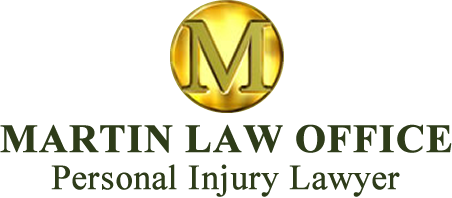MEETING THE LEGAL CHALLENGE OF FIRST GEN AUTONOMOUS VEHICLES
It has been decades since humans have owned their space in the driver seat. Cars have been quietly purring along and supplementing our skills or lack thereof for many years. Automatic transmission has been around forever. Cruise control has long been a reliable perk. Many drivers now enjoy lane-departure migration, parking assist, back up cameras, back-up detectors and a stop/start system to improve fuel economy. A computer lies under that hood. Calling it an engine just doesn’t seem right. All of these advancements have been made within our present tort injury system. While class actions sometimes arise over defects, our Ontario legal system, insurance industry, and we, the public, have never doubted that the buck stops with the human.
Auto insurance is mandatory in Ontario. Everyone must have it or face substantial penalties for failure to insure. But part of our responsibility, as owners of a motor vehicle, is to not permit that vehicle to be driven or operated upon a highway in a dangerous or unsafe condition. We must keep our vehicle maintained, serviced and in safe working order. We recognize that both the human driver and, critically, the human registered owner of that automobile, bear responsibility for its safe operation on our roads.
Specifically, the owner is liable in civil proceedings (lawsuits) for the injuries and loss sustained by an injured victim. We own that vehicle and we own the responsibilities and consequences that run along with the freedoms of the open road. Human error and negligence isn’t just about poor driving skills. It is also about the failure to maintain that vehicle in safety.
Our Ontario Highway Traffic Act makes it clear that both the driver and the vehicle owner are responsible in injury claims. Tagging that human registered owner with continued full responsibility for the safe maintenance and full insurance of that vehicle may well pave the way to the most secure and seamless transition to our automotive future.
It will take time to usher in this new automotive age in Ontario. Our winter weather in Canada will be a difficult transition for autonomous vehicles developed in the south. A love of control and unwillingness to give up our human connection to the road may also delay adoption. Price points will be prohibitive for many. It will take years before the majority of vehicles on our roads can call themselves self-driving. There are several realistic barriers to the immediate age of autonomous vehicles in Ontario.
As much as both the public and the auto industry would like to believe that self-driving cars will eradicate collisions and injuries on the road, it simply isn’t realistic. For the foreseeable future, drivers will remain responsible for critical decisions behind the wheel and the safe operation of that vehicle. Self-driving cars will not be a licence to sit back and zone out in the driver’s seat. And should we ever cross the threshold to actual fully autonomous vehicles, that is still no promise of injury free roads. Tech dominant vehicles can’t make that promise. Automation is not perfection. Errors occur.
And for those who place their faith in automatic remote updates, please know that automatic satellite updates are no guarantee, particularly in rural Canada. Outside of large urban centres, updates can be delayed by weeks and sometimes months. As a minimum firewall, human owners will have to be personally responsible for either accepting and confirming that mandatory auto updates have occurred or physically driving that vehicle into an approved service station where updates must be verified.
Particularly in this transition phase, some human owners will fail to follow routine, required maintenance schedules and will not confirm service downloads. We know what happens to today’s personal computers and smart devices when we fail to update our programs, ignore the need for up to date anti-virus systems and fail to keep our firewalls upgraded. They crash. Technology is vulnerable to benign human failure, neglect and negligence. More rarely, it is also vulnerable to human malice and acts of intentional harm. There is no accident free, injury free, utopia on the horizon.
We have long shared the road with these semi-autonomous vehicles. But true fully autonomous vehicles are not on our roads. Innovations in automation will trickle down over the next few years.The question remains: Will we have the foresight to keep calm and stick to what’s tried and true within our own tort system? Are we brave enough to hold the course and hold to what we know works to meet this new challenge? A host of future injured car crash victims will hope so.
Let responsibility remain squarely on human owners. It’s where it belongs. The future is already here. Auto technology is now part of our lives. Let’s keep the faith in, and responsibility upon, us humans.
The Road To A Brave New Automotive Age

